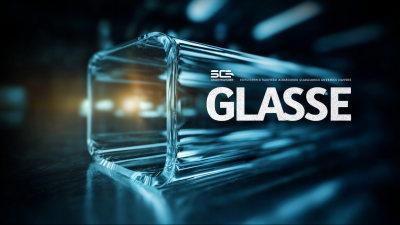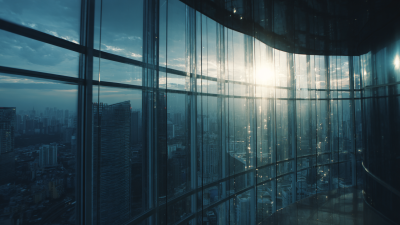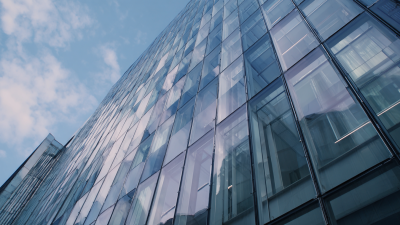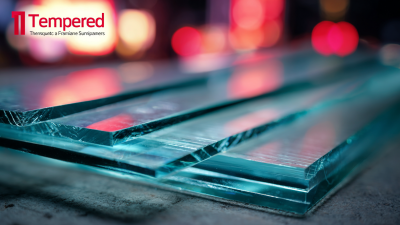
As modern architecture increasingly embraces innovation and sustainability, one leading technology stands out for its ability to transform spaces: Electrochromic Glass. This smart glass technology allows for dynamic control of light and heat entering a building, enhancing both energy efficiency and aesthetic appeal. According to a report by the International Energy Agency, buildings account for nearly 40% of global energy consumption, making energy-efficient solutions crucial in the fight against climate change. By incorporating Electrochromic Glass, architects can significantly reduce heating and cooling costs, with studies estimating energy savings of up to 30% in commercial buildings. This versatility not only aligns with modern design principles but also promotes occupant comfort and well-being. In this blog, we will explore the seven best benefits of Electrochromic Glass in shaping the future of architecture, highlighting its role in creating smarter, more sustainable environments.
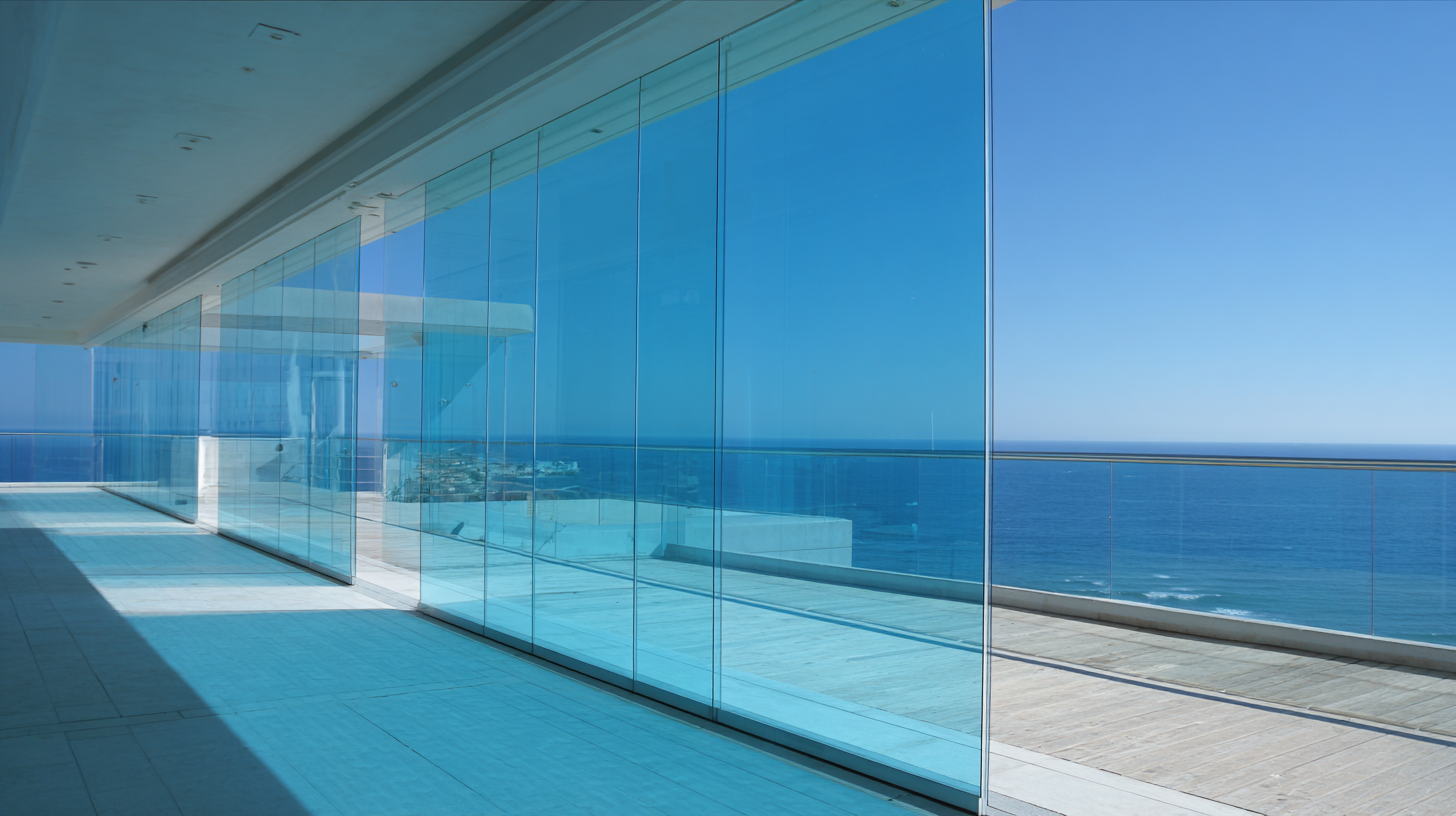
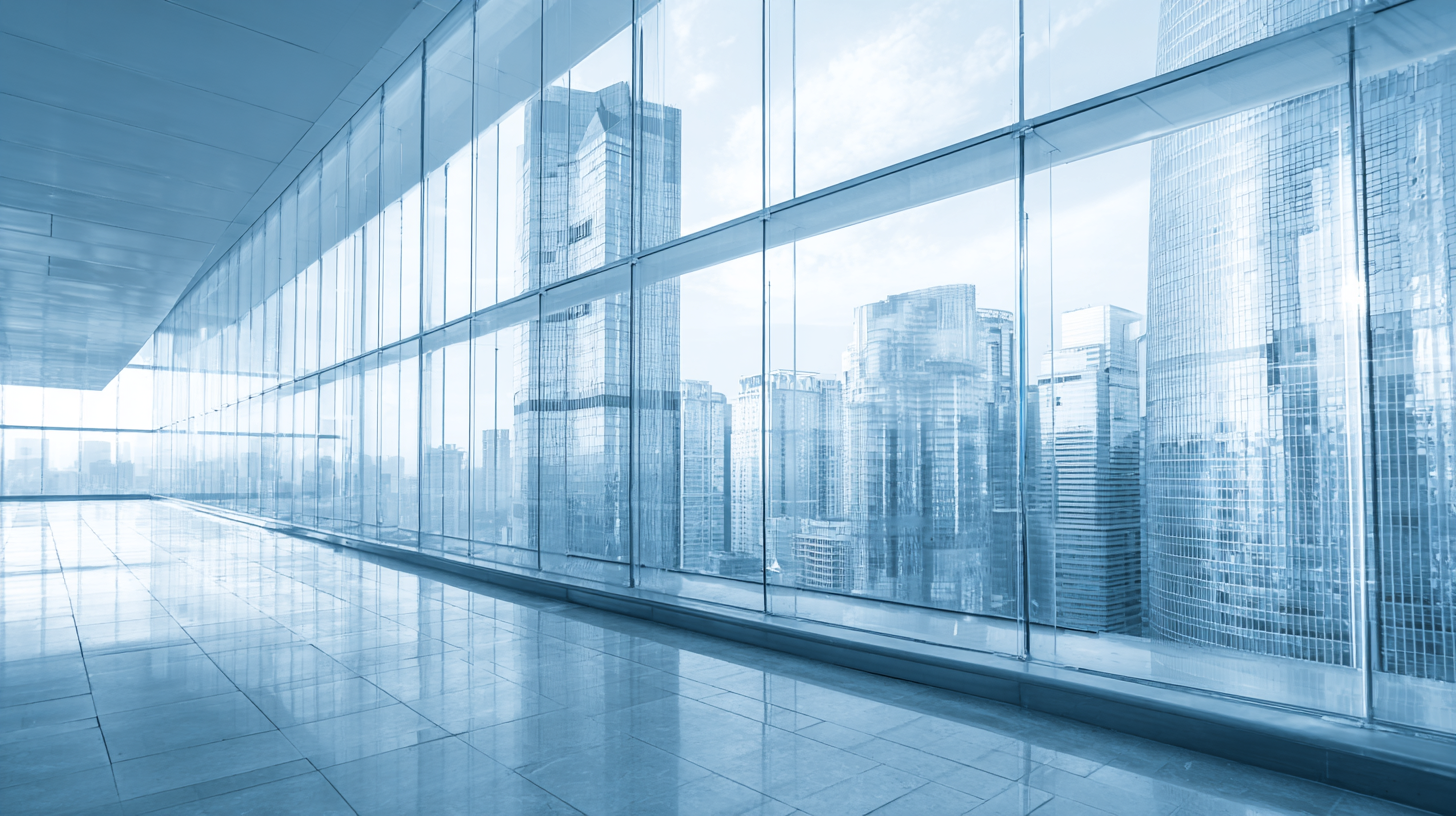 Electrochromic glass represents a significant innovation in modern architecture, combining aesthetics with functionality. This advanced glazing technology enables windows to change their tint in response to electrical signals, regulating light and heat flowing into a building. As a result, architects and designers can create dynamic environments that adapt to changing weather conditions, ultimately enhancing occupant comfort while minimizing energy consumption. This feature not only promotes sustainable practices but also allows for greater design flexibility in facades.
Electrochromic glass represents a significant innovation in modern architecture, combining aesthetics with functionality. This advanced glazing technology enables windows to change their tint in response to electrical signals, regulating light and heat flowing into a building. As a result, architects and designers can create dynamic environments that adapt to changing weather conditions, ultimately enhancing occupant comfort while minimizing energy consumption. This feature not only promotes sustainable practices but also allows for greater design flexibility in facades.
The application of electrochromic glass goes beyond mere practicality; it also creates visually striking buildings that are responsive to their surroundings. The ability to control sunlight and glare makes interior spaces more usable and pleasant, promoting productivity and well-being. Furthermore, the integration of this technology aligns with contemporary design principles that emphasize transparency and connection to the outdoor environment. As modern architecture continues to evolve, electrochromic glass stands out as a true marvel that embodies both innovation and sophistication, setting a new standard for buildings of the future.
Electrochromic glass is revolutionizing modern architecture, particularly in enhancing energy efficiency. This innovative glass technology allows windows to dynamically change their tint in response to external light conditions, effectively reducing the reliance on artificial lighting and climate control systems. As a result, buildings equipped with electrochromic glass can significantly lower energy costs, making them not only more sustainable but also economically viable over time. This ability to regulate temperature and light levels contributes to overall energy savings, offering a compelling reason for architects and builders to embrace this technology in their designs.
The trend towards smart glass applications extends beyond just energy efficiency. The global market for smart glass is projected to grow substantially, reflecting increasing interest in its various applications across sectors like automotive and aerospace. For instance, the automotive smart glass market is estimated to surge from $1.2 billion in 2024 to $4.5 billion by 2030, showcasing a robust compound annual growth rate (CAGR) of 16.5%. As more industries realize the benefits of smart glazing—such as enhanced comfort, improved aesthetics, and energy conservation—the adoption of electrochromic technology is likely to expand, further cementing its role as a pivotal innovation in modern architecture.
Electrochromic glass, also known as smart glass, offers remarkable design versatility for modern architecture. The ability to change its tint in response to electrical currents allows architects and designers to seamlessly integrate this innovative material into a variety of styles. From sleek, contemporary offices to classic, traditional homes, electrochromic glass can enhance the aesthetics while providing functional benefits. Its adaptability means that it can complement sharp lines and minimalistic designs just as effectively as ornate, historical facades.
Moreover, the integration of electrochromic glass opens up new creative avenues in architectural design. It allows for expansive, unobstructed views while allowing users to control the amount of natural light entering a space, promoting a sophisticated balance between interior comfort and exterior beauty. Whether used in large commercial buildings or residential renovations, electrochromic glass can be tailored to fit any project's vision, elevating both form and function in ways that were previously unimaginable. This fusion of technology and art not only meets the demands of energy efficiency but also enriches the overall architectural narrative.
Electrochromic glass is revolutionizing the way we control indoor environments, offering significant benefits for modern architecture. One of its primary advantages is the ability to manage light and heat effectively. This innovative glass can change its opacity in response to electrical signals, allowing for greater control over the amount of sunlight that enters a building. By minimizing glare and reducing heat gain, electrochromic glass creates a more comfortable atmosphere for occupants, enhancing overall indoor quality.
Moreover, the dynamic nature of electrochromic glass enables buildings to adapt to changing outdoor conditions, contributing to energy efficiency. When the sun is at its peak, the glass can tint, minimizing the need for air conditioning while still providing natural light. This adaptive response leads to a balanced indoor climate, significantly reducing energy consumption and creating a more sustainable architectural solution. Ultimately, the incorporation of electrochromic glass not only elevates comfort levels but also promotes environmental responsibility, making it a vital feature in the design of contemporary spaces.
Electrochromic glass is revolutionizing modern architecture not just by offering aesthetic appeal, but also through significant eco-friendly benefits that align with the principles of sustainability. According to a report from the U.S. Department of Energy, buildings are responsible for nearly 40% of the energy consumption in the United States, emphasizing the need for innovative solutions that improve energy efficiency. Electrochromic technology, which allows glass to change its tint in response to electrical signals, can reduce the reliance on heating and cooling systems by managing heat gain and loss effectively. This technology has been shown to reduce energy consumption in commercial buildings by around 30% to 50%, making it a crucial component in the push towards greener architecture.
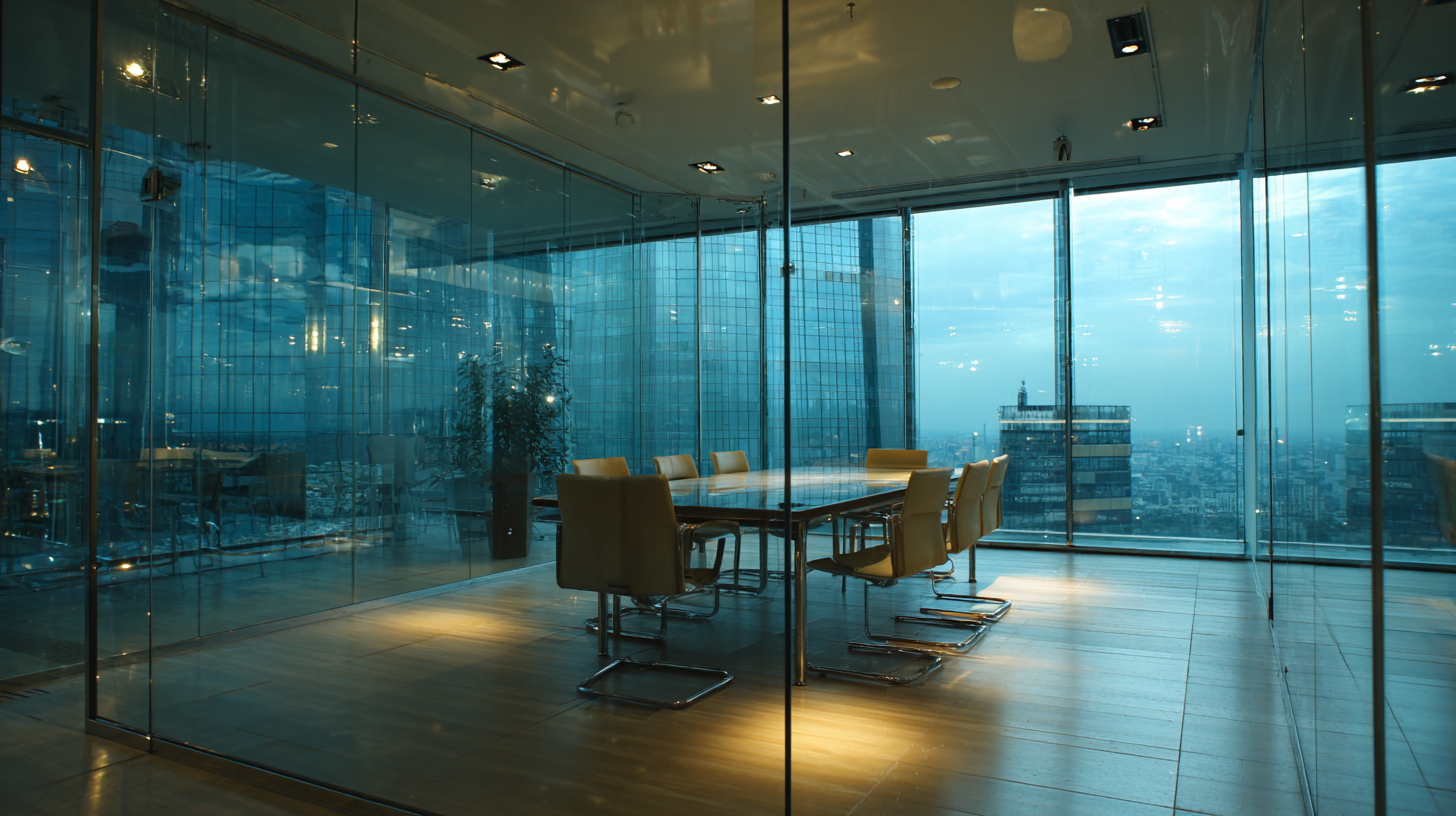
Moreover, electrochromic glass contributes to the reduction of carbon footprints. A study published in the journal of Sustainable Cities and Society highlighted that implementing electrochromic windows could lead to a significant decrease in greenhouse gas emissions, with potential reductions of up to 25% compared to traditional glazing options. This aligns with the growing trend towards adopting materials and technologies that not only enhance building performance but also support the global imperative of reducing environmental impact. As architects and builders increasingly prioritize sustainability, electrochromic glass stands out as a cutting-edge solution that merges technology with eco-conscious design.
